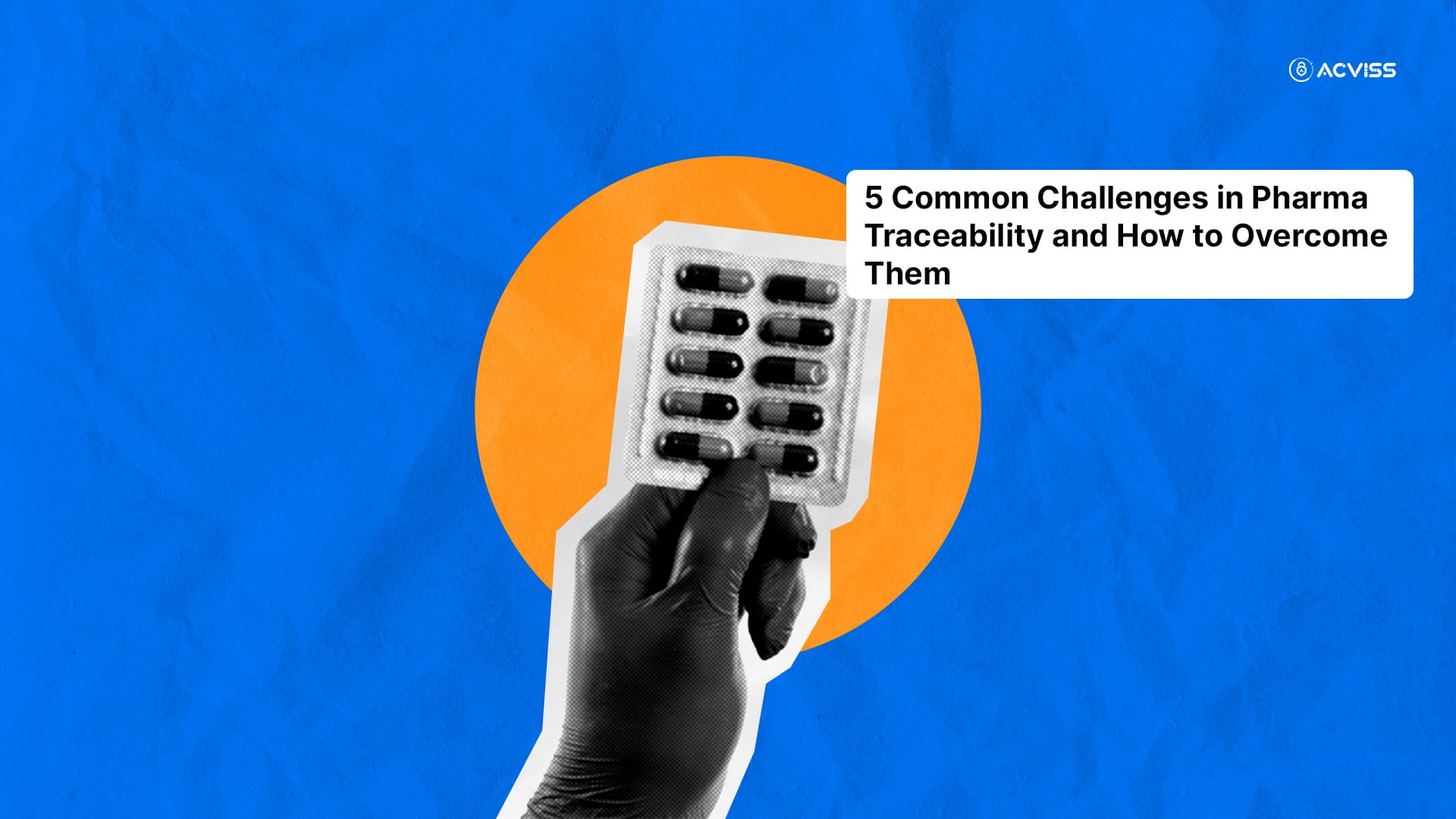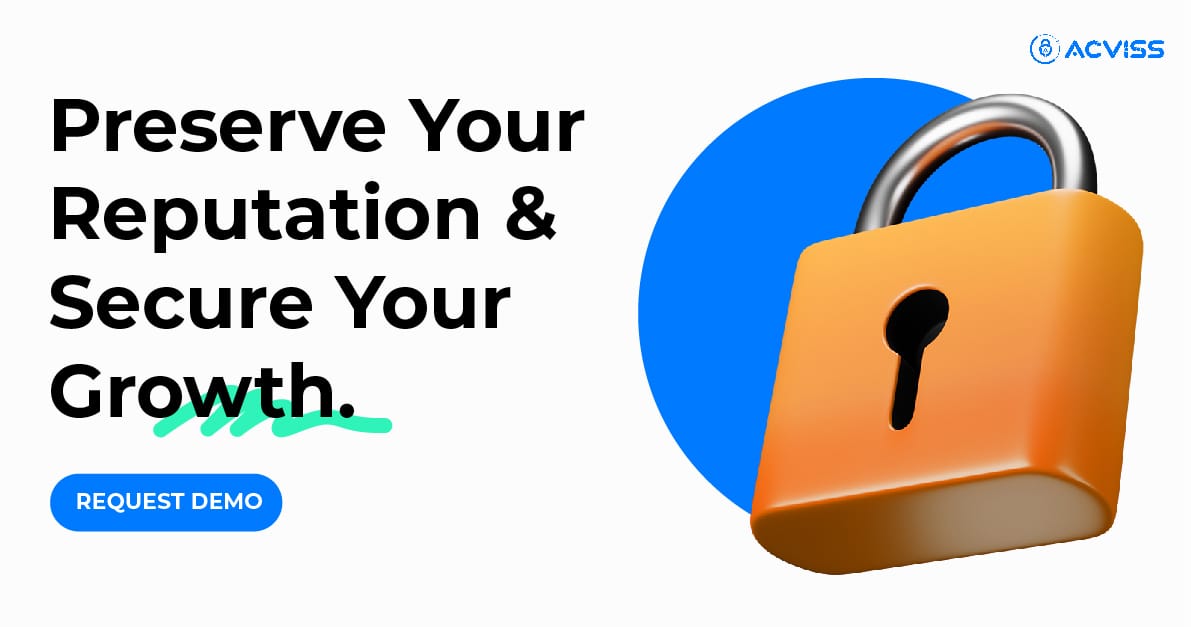5 Common Challenges in Pharma Traceability and How to Overcome Them

The pharmaceutical industry stands at the intersection of science, regulation, and global commerce. Medicines are not just products; they are lifelines. Yet, the integrity of these lifelines is often compromised by counterfeit drugs, opaque supply chains, and inconsistent compliance practices.
This is where pharma traceability becomes indispensable. Product traceability enables manufacturers, regulators, and consumers to track and trace medicines across the supply chain, ensuring authenticity and preventing risks to patient safety. But while the benefits are evident, implementation is not without its hurdles.
In this article, we will explore five of the most common challenges in pharma traceability, why they exist, and the practical ways to overcome them. Along the way, we will also touch upon how advanced brand protection solutions and anti-counterfeiting technologies are reshaping the fight against fakes and inefficiencies.
Why Pharma Traceability Matters
Before addressing the challenges, it is essential to appreciate the scale of the problem. According to the World Health Organisation (WHO), around 10% of medicines in low- and middle-income countries are substandard or falsified. In India alone, reports have shown counterfeit medicines accounting for an estimated 20% of the market in some regions. Globally, the fake drug trade is valued at over $200 billion annually, making it one of the largest black markets.
These figures are not just statistics; they represent real people whose lives are put at risk. For governments and manufacturers alike, supply chain management, brand protection, and IP protection have therefore become top priorities.
Effective track and trace systems not only help eliminate counterfeiting but also support compliance with global regulations, improve recall management, and build consumer trust through transparent product authentication and brand verification.
Challenge 1: Fragmented Supply Chains

Why It’s a Problem
The pharmaceutical supply chain is one of the most complex in the world. From active ingredient manufacturers in one country to packaging suppliers in another, and distribution networks spread across continents, the chain is highly fragmented. Every hand-off represents a potential blind spot.
Fragmentation creates vulnerabilities where counterfeiters can infiltrate the supply line. Moreover, the lack of uniform systems across regions makes it difficult to maintain a single, coherent line of sight across the entire process.
How to Overcome It
- End-to-End Visibility
Manufacturers must invest in track and trace systems that span the entire lifecycle of a medicine. Technologies like serialisation and blockchain create a transparent record of each transaction, reducing opportunities for fraud. - Standardisation Across Borders
Adopting common standards such as GS1 helps ensure interoperability between different players. This makes it easier to integrate data from diverse suppliers and distributors. - Leveraging Origin
Solutions like Acviss Origin provide real-time visibility across the supply chain. By securing every node through blockchain-powered records, Origin ensures that every product’s journey can be tracked without gaps.
Challenge 2: Counterfeiting and Brand Erosion
Why It’s a Problem
Counterfeit drugs are not just financial liabilities; they are public health disasters. Fake medicines often contain incorrect doses, harmful substances, or no active ingredients at all. For brands, the damage goes beyond lost revenue. Counterfeits erode trust, impact long-term customer loyalty, and weaken a brand’s reputation.
This is particularly troubling when patients are unable to distinguish authentic products from fakes, leading to mistrust even of genuine medicines.
How to Overcome It
- Product Authentication Technologies
Modern anti-counterfeiting solutions like holograms, QR codes, and non-cloneable labels help patients and pharmacists verify medicines instantly. - Consumer Awareness and Engagement
Empowering patients to verify products through simple product verification tools, such as mobile apps, builds confidence and strengthens brand relationships. - IP and Trademark Protection
Companies should ensure their trademarks are properly registered and protected in every market where they operate. Stronger enforcement of trademark protection and IP protection can deter counterfeiters. - Origin’s Role in Brand Authentication
By linking each product to a secure, verifiable digital identity, Origin enables brand authentication at scale. Customers can scan a product and instantly confirm its legitimacy, safeguarding both patient health and brand integrity.
Challenge 3: Regulatory Compliance

Why It’s a Problem
Pharmaceutical regulations vary widely across regions. The EU Falsified Medicines Directive (FMD), the US Drug Supply Chain Security Act (DSCSA), and India’s export requirements all demand different levels of serialisation and reporting.
For global manufacturers, ensuring compliance across multiple markets is a logistical and financial challenge. Non-compliance can result in heavy penalties, recalls, or loss of market access.
How to Overcome It
- Invest in Scalable Solutions
Rather than creating fragmented systems for each region, manufacturers should build flexible, scalable traceability solutions that adapt to different regulations. - Training and Capacity Building
Compliance is not just about technology. Teams must be adequately trained to maintain records, manage data integrity, and understand local requirements. - Data Standardisation
Using global standards like GS1 for labelling and reporting reduces duplication of effort and helps in maintaining consistent records across borders. - Digital Traceability with Origin
Origin offers a unified approach to product traceability by creating immutable records, enabling manufacturers to demonstrate compliance seamlessly across jurisdictions.
Challenge 4: Data Integrity and Interoperability
Why It’s a Problem
Traceability depends on data. But when data is inconsistent, inaccurate, or fragmented, the entire system collapses. Issues often arise due to manual errors, incompatible IT systems, or lack of secure data-sharing mechanisms.
Poor data integrity not only affects compliance but also undermines confidence in recall processes, brand verification, and risk management.
How to Overcome It
- Automation and Digitalisation
Minimising manual entries through automation reduces errors. Integrating IoT devices and smart packaging ensures accurate real-time data capture. - Blockchain for Security
Blockchain provides a tamper-proof ledger of transactions, ensuring data integrity throughout the supply chain. - Interoperability Standards
Choosing systems that support open standards makes it easier to share data between suppliers, manufacturers, and regulators. - Origin’s Contribution
By embedding blockchain at its core, Origin ensures that data remains secure, accurate, and verifiable. This creates trust not just within organisations but across the entire ecosystem.
Challenge 5: Cost and Implementation Complexity

Why It’s a Problem
For many companies, especially small and medium-sized manufacturers, the cost of implementing comprehensive track and trace systems feels prohibitive. Beyond the financial investment, the complexity of integrating new technologies with legacy systems poses a significant barrier.
Moreover, the fear of disruption during implementation often delays adoption.
How to Overcome It
- Phased Implementation
Instead of a complete overhaul, companies can start with pilot projects, gradually scaling up across product lines and geographies. - Cloud-Based Solutions
Cloud platforms reduce upfront infrastructure costs and make it easier to scale operations. - Partnerships with Solution Providers
Working with experienced partners who provide turnkey brand protection solutions can simplify the process and reduce costs. - Origin as a Cost-Effective Approach
Origin is designed to be flexible and scalable, making it accessible for companies of all sizes. Its modular implementation ensures that manufacturers can adopt traceability without overwhelming resources.
The Bigger Picture: Trust as a Currency
At its heart, pharma traceability is about more than compliance or operational efficiency. It is about trust. Patients must trust that the medicine they take will heal them, not harm them. Regulators must trust manufacturers to maintain standards. And brands must trust their supply chains to protect their reputation.
This is where product authentication, brand verification, and IP protection converge. The companies that succeed will be those who see traceability not as a burden but as a strategic advantage.
Final Thoughts
Pharma traceability is no longer optional; it is essential. The challenges are real: fragmented supply chains, counterfeiting, regulatory complexity, data integrity issues, and cost barriers. But each of these can be overcome with the right combination of anti-counterfeiting solutions, brand protection technologies, and strategic investments in track and trace systems.
Solutions like Acviss Origin demonstrate how innovation can transform traceability from a compliance exercise into a value-creating strategy. By combining blockchain-powered transparency with product verification tools, Origin not only safeguards consumers but also strengthens brand equity.
The future of pharmaceuticals belongs to those who embrace traceability as a cornerstone of trust, safety, and growth.
Interested to learn more? Get in touch with us to explore how Acviss Origin can help your brand achieve seamless product traceability and stronger protection against counterfeits.
